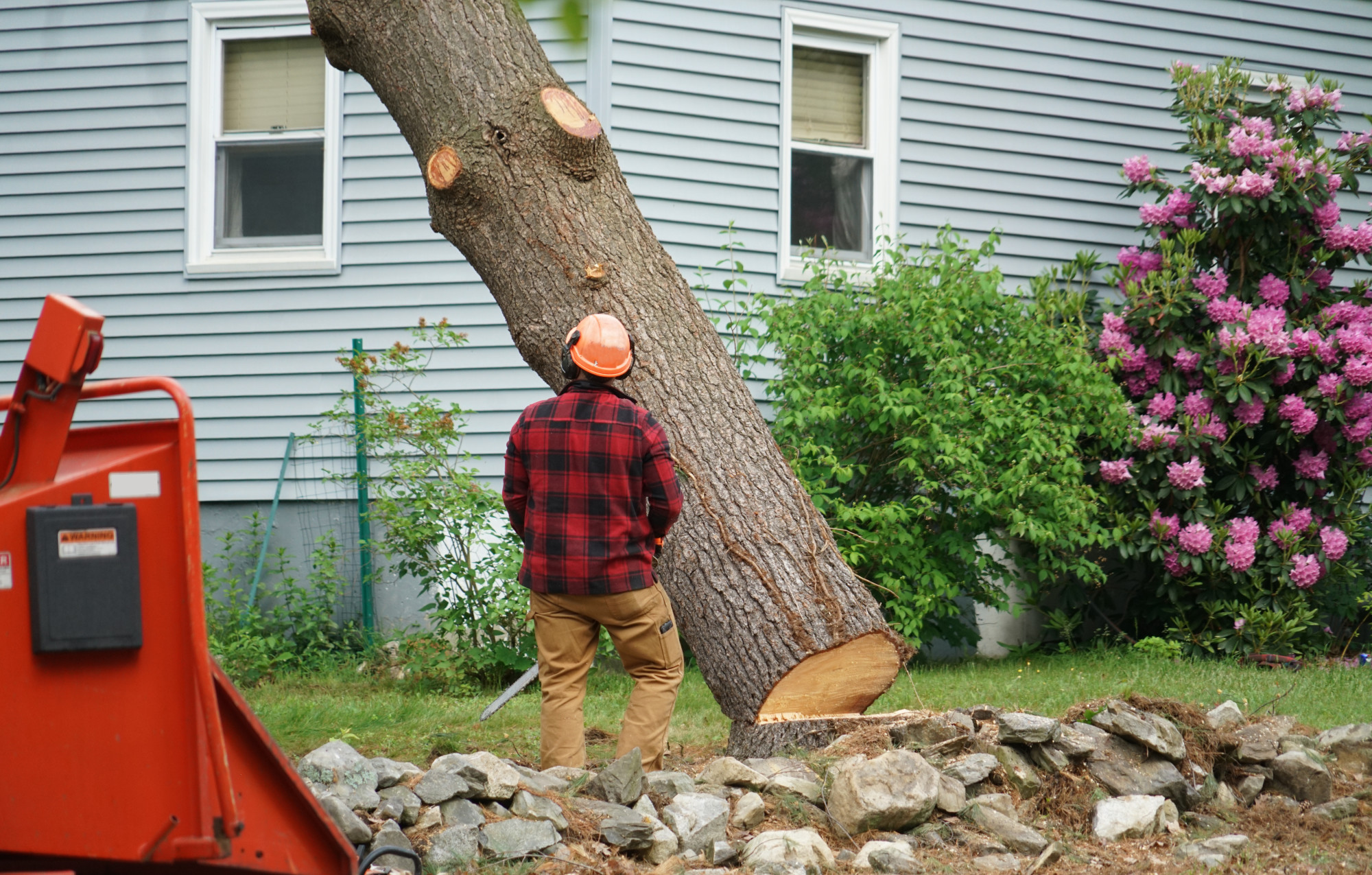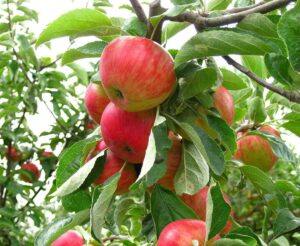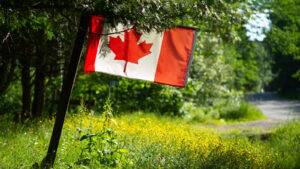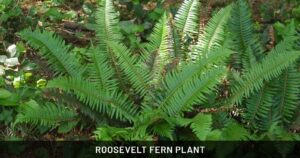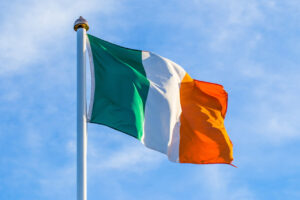Brevard County Tree Removal Regulations: A Comprehensive Guide
Are you a homeowner in Brevard County considering removing trees from your property? Perhaps you’re a developer planning a new project and need to understand the local tree ordinances. Whatever your situation, navigating tree removal regulations in Brevard County requires careful attention to local laws, permit requirements, and environmental considerations.
In this comprehensive guide, you’ll learn everything you need to know about tree removal regulations in Brevard County, Florida. We’ll walk you through the permit application process, explain protected tree classifications, outline potential penalties for violations, and provide expert tips to ensure your tree removal project complies with all local requirements.
Understanding Brevard County’s Tree Protection Philosophy
Brevard County, nestled along Florida’s Space Coast, is home to diverse ecosystems including coastal hammocks, pine flatwoods, and riverine forests. The county’s approach to tree regulations reflects a balance between protecting this natural heritage and respecting property rights. Unlike some Florida counties with sweeping tree protection ordinances, Brevard County’s regulations are designed to preserve significant trees while allowing reasonable development and property maintenance.
The county recognizes that trees provide essential environmental benefits including improved air quality, stormwater management, wildlife habitat, and natural beauty. However, the regulations also acknowledge circumstances where tree removal is necessary for safety, development, or property maintenance.
According to Brevard County’s Land Development Code, the purpose of tree protection regulations is to “preserve the natural landscape, protect the environmental benefits of trees, and maintain the ecological balance of the region while accommodating appropriate development.” This philosophy guides all aspects of the county’s tree removal permit process and enforcement activities.
You can find the official language in the Brevard County Land Development Code, Chapter 62, Article XIII, which establishes the legal framework for tree protection throughout unincorporated areas of the county.
Jurisdictional Considerations: County vs. Municipal Regulations
Before diving into specific requirements, it’s important to understand which regulations apply to your property. Brevard County contains 16 incorporated municipalities, each with its own authority to establish tree protection ordinances. If your property is located within city limits, you’ll need to follow that municipality’s rules rather than the county regulations.
For properties in unincorporated Brevard County, the county’s Land Development Code governs tree removal activities. This distinction is crucial, as requirements can vary significantly between jurisdictions.
Here’s a breakdown of regulatory authority across Brevard County:
| Jurisdiction | Governing Regulations | Permit Authority |
|---|---|---|
| Unincorporated Brevard County | Brevard County Land Development Code | Brevard County Natural Resources Management Department |
| Cape Canaveral | City of Cape Canaveral Code of Ordinances | City Building Department |
| Cocoa | City of Cocoa Land Development Code | Community Development Department |
| Cocoa Beach | City of Cocoa Beach Land Development Code | Development Services |
| Grant-Valkaria | Town of Grant-Valkaria Land Development Code | Town Building Department |
| Indialantic | Town of Indialantic Code of Ordinances | Building Department |
| Indian Harbour Beach | City of Indian Harbour Beach Code | Building Department |
| Malabar | Town of Malabar Land Development Code | Building and Zoning Department |
| Melbourne | City of Melbourne Code of Ordinances | Community Development Department |
| Melbourne Beach | Town of Melbourne Beach Code | Building Department |
| Melbourne Village | Town of Melbourne Village Code | Town Administration |
| Palm Bay | City of Palm Bay Code of Ordinances | Growth Management Department |
| Palm Shores | Town of Palm Shores Code | Town Administration |
| Rockledge | City of Rockledge Land Development Regulations | Community Development |
| Satellite Beach | City of Satellite Beach Code | Building Department |
| Titusville | City of Titusville Land Development Code | Planning Department |
| West Melbourne | City of West Melbourne Code | Planning and Zoning Division |
To determine which regulations apply to your property, you can verify your jurisdiction by checking your property tax statement or using the Brevard County Property Appraiser’s website. This article focuses primarily on regulations for unincorporated Brevard County, but we’ll note significant differences in municipal requirements where appropriate.
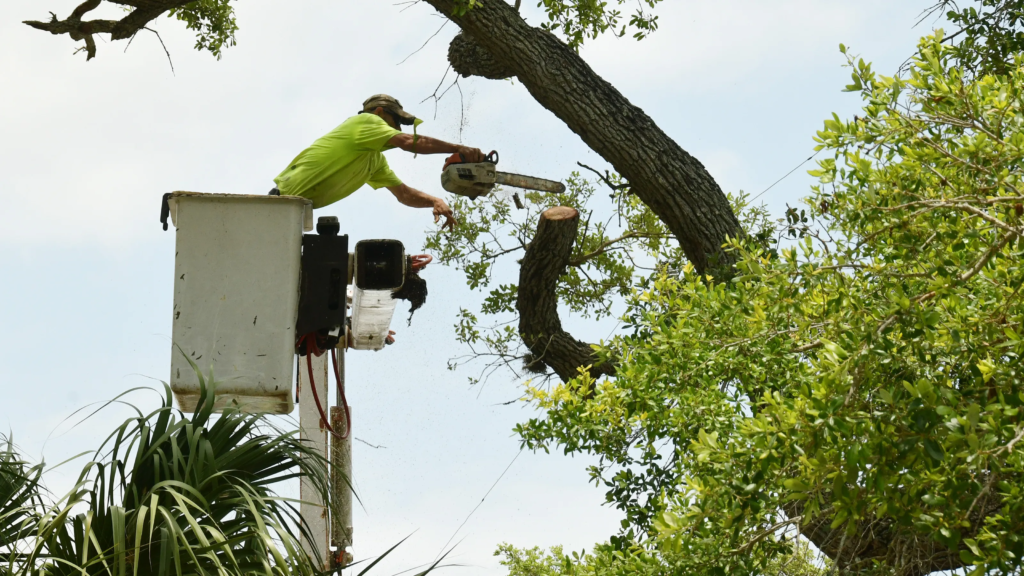
Tree Removal Permit Requirements in Unincorporated Brevard County
In unincorporated areas of Brevard County, you’ll generally need a permit before removing protected trees from your property. However, not all trees require permits for removal, and there are several important exemptions you should know about.
Protected Tree Classifications
Brevard County classifies protected trees based on species and size. Understanding these classifications is essential for determining whether you need a permit for removal.
Protected trees in Brevard County include:
- Heritage Trees: These are exceptionally significant trees with historical, cultural, or environmental importance. They typically include live oaks, bald cypress, and other native species with a trunk diameter of 36 inches or more measured at 4.5 feet above ground level (known as diameter at breast height or DBH).
- Specimen Trees: Native trees with a trunk diameter of 24 inches or greater at DBH.
- Historic Trees: Trees designated for protection due to their association with historic events, persons, or structures.
- Protected Native Species: Certain native tree species receive special protection regardless of size, including:
- Live oak (Quercus virginiana)
- Laurel oak (Quercus laurifolia)
- Southern magnolia (Magnolia grandiflora)
- Bald cypress (Taxodium distichum)
- Red cedar (Juniperus virginiana)
- Slash pine (Pinus elliottii)
- Longleaf pine (Pinus palustris)
- Sand pine (Pinus clausa)
- Black mangrove (Avicennia germinans)
- Red mangrove (Rhizophora mangle)
- White mangrove (Laguncularia racemosa)
- General Protected Trees: Any healthy native tree with a trunk diameter of 6 inches or greater at DBH.
The county’s approach focuses on protecting native tree species while allowing greater flexibility for non-native or invasive species removal. Invasive species such as Brazilian pepper, Australian pine, and melaleuca can generally be removed without permits.
Exemptions from Permit Requirements
Not all tree removal activities require permits in Brevard County. Understanding these exemptions can save you time and money if your project qualifies. Here are the key exemptions:
- Single-Family Residential Exemption: If you own a developed single-family residential lot smaller than 5 acres, you can remove up to two protected trees per calendar year without a permit, provided the trees are not heritage trees, specimen trees, or historically designated trees.
- Emergency Situations: Trees that pose an immediate danger to persons or property due to damage, disease, or instability can be removed without prior permitting. However, you should document the emergency condition with photographs and, when possible, obtain verification from a certified arborist. You’ll need to notify the county within 72 hours after emergency removal.
- Agricultural Operations: Bona fide agricultural operations, as defined by Florida Statutes, are exempt from county tree removal permits. However, you must maintain agricultural classification for your property through the Property Appraiser’s office to qualify.
- Utility Maintenance: Public or private utility companies performing necessary maintenance within established easements are exempt when conducting normal vegetation management activities.
- Invasive Species: Non-native invasive species listed by the Florida Exotic Pest Plant Council can be removed without permits. Common examples include Brazilian pepper, Australian pine, and melaleuca.
- Small Trees: Trees with a DBH less than 6 inches generally don’t require removal permits unless they belong to a specially protected species.
Even when exemptions apply, it’s advisable to document your tree removal activities, including photographs before and after removal, in case questions arise later. When in doubt, contact the Brevard County Natural Resources Management Department for guidance before proceeding with tree removal.
The Tree Removal Permit Application Process
When your tree removal project doesn’t qualify for an exemption, you’ll need to navigate the permit application process. Here’s a step-by-step guide to obtaining a tree removal permit in unincorporated Brevard County:
Step 1: Assess Your Trees
Before applying for a permit, inventory the trees you wish to remove. Document the following for each tree:
- Species (if known)
- Trunk diameter at 4.5 feet above ground level (DBH)
- Location on your property
- Condition (healthy, diseased, damaged, etc.)
- Reason for removal
Taking photographs of each tree is highly recommended for documentation purposes. For larger properties or complex projects, consider hiring a certified arborist to conduct a professional tree survey.
Step 2: Complete the Application Form
Obtain a tree removal permit application from the Brevard County Natural Resources Management Department. The application can be downloaded from the county’s website or picked up in person.
The application typically requires:
- Property owner information
- Property location and parcel identification number (PIN)
- Description of trees to be removed (species, size, location)
- Reason for removal
- Site plan showing tree locations
- Proposed mitigation plan (if applicable)
Be thorough and accurate when completing the application. Incomplete information can delay the review process.
Step 3: Prepare a Site Plan
Most permit applications require a site plan showing your property boundaries, existing structures, and the location of trees proposed for removal. The plan should be drawn to scale and include:
- Property boundaries
- Existing buildings, driveways, and other structures
- Location of trees to be removed (numbered or labeled to correspond with your tree inventory)
- Location of trees to remain
- Proposed construction or development areas (if applicable)
- Mitigation planting locations (if applicable)
For residential properties, you can often create a simple hand-drawn site plan. For commercial properties or larger development projects, professionally prepared site plans are typically required.
Step 4: Submit Application and Pay Fees
Submit your completed application, site plan, and supporting documentation to the Natural Resources Management Department. Current permit fees can be found on the county’s website, but typically range from $50-$150 for residential properties and more for commercial sites.
The county accepts applications in person, by mail, or electronically depending on the complexity of your project. For current submission options, check the county’s website or call the department directly.
Step 5: Site Inspection
After receiving your application, the county may schedule a site inspection to verify the information provided. A county representative will visit your property to:
- Confirm tree species and sizes
- Evaluate tree conditions
- Assess the necessity for removal
- Determine mitigation requirements
You don’t always need to be present for the inspection, but being available to answer questions can help expedite the process.
Step 6: Permit Decision
Following review of your application and site inspection, the county will make a permit decision. Possible outcomes include:
- Approval: Your permit is granted as requested
- Conditional approval: Your permit is granted with specific conditions or mitigation requirements
- Partial approval: Some but not all requested tree removals are approved
- Denial: Your permit request is denied with reasons provided
Most residential applications receive decisions within 10-15 business days. Commercial applications or more complex requests may take longer.
Step 7: Mitigation Requirements
If your permit is approved, you may need to mitigate the loss of trees through one or more of the following methods:
- Replacement Planting: Planting new trees on your property, typically following specific ratios based on the size of trees removed
- Tree Bank Contribution: Making a monetary contribution to the county’s tree bank fund
- Conservation Easement: Setting aside portions of your property for permanent conservation
The specific mitigation requirements will be detailed in your permit approval. Failure to complete required mitigation can result in penalties or prevent final approval of other permits for your project.
Step 8: Tree Removal and Compliance
Once your permit is approved, you can proceed with tree removal according to the terms and conditions specified. Be sure to:
- Display your permit on site during removal activities
- Remove only the trees approved in your permit
- Complete any required mitigation within the timeframe specified
- Request inspections for mitigation compliance if required
Keep your permit documentation and proof of mitigation for at least three years after project completion.

Tree Protection During Development
If you’re developing property in Brevard County, you’ll face additional tree protection requirements beyond the standard removal permit process. These regulations ensure that development activities minimize impacts on the county’s tree canopy.
Tree Protection During Construction
When construction activities occur near protected trees that will be preserved, you must implement tree protection measures including:
- Tree Protection Zones: Establishing barricaded areas around trees to prevent encroachment. The protected radius typically extends at least to the tree’s dripline.
- Protective Barriers: Installing physical barriers (usually orange construction fencing or similar material) around tree protection zones before construction begins.
- Prohibition of Activities: Within tree protection zones, you must prohibit:
- Storage of materials or equipment
- Vehicle parking or traffic
- Changing of grade
- Disposal of construction waste or chemicals
- Trenching or excavation
- Root Protection: When utility installation or other necessary excavation must occur near protected trees, you must use techniques to minimize root damage, such as tunneling rather than trenching.
- Remedial Care: Trees damaged during construction must receive appropriate treatment from a certified arborist.
These tree protection measures must be shown on development plans and maintained throughout the construction process. County inspectors may check compliance during regular construction inspections.
Land Clearing Permits
For larger development projects requiring substantial land clearing, you’ll need a land clearing permit in addition to tree removal permits. Land clearing permits address broader site preparation activities including vegetation removal, grading, and soil disturbance.
The application process for land clearing permits involves:
- Submission of detailed site plans showing existing vegetation
- Erosion and sediment control plans
- Tree surveys identifying trees to be preserved and removed
- Mitigation plans for tree canopy replacement
- Coordination with other development permits
Land clearing permits typically require greater mitigation commitments than standard tree removal permits, often including preservation of significant wooded areas as conservation easements.
Mitigation Requirements and Calculations
When protected trees are removed in Brevard County, mitigation is generally required to offset the loss of tree canopy. Understanding how mitigation requirements are calculated can help you plan your project budget and timeline effectively.
Standard Mitigation Ratios
Brevard County uses a formula based on the size and species of trees removed to determine mitigation requirements. The basic calculation follows this pattern:
| Tree Category | Mitigation Ratio | Example |
|---|---|---|
| Protected Native Trees (6-12″ DBH) | 1:1 replacement or equivalent | Remove one 10″ oak = Plant one 3″ caliper oak |
| Protected Native Trees (12-24″ DBH) | 2:1 replacement or equivalent | Remove one 18″ pine = Plant two 3″ caliper pines |
| Specimen Trees (24-36″ DBH) | 3:1 replacement or equivalent | Remove one 30″ oak = Plant three 3″ caliper oaks |
| Heritage Trees (36″+ DBH) | 4:1 replacement or equivalent, if permitted | Remove one 40″ oak = Plant four 3″ caliper oaks |
| Historic Trees | 5:1 replacement or equivalent, if permitted | Remove one historic tree = Plant five 3″ caliper trees |
| Non-native, non-invasive trees | Reduced or no mitigation requirements | Remove Australian pine = No replacement required |
Replacement trees must generally be at least 3″ caliper (measured 6″ above ground level) and 12′ in height at planting for shade trees, with different standards for palms and understory trees.
Alternative Mitigation Options
When on-site replacement isn’t feasible due to space constraints or other factors, Brevard County offers alternative mitigation options:
- Tree Bank Contribution: You can make a monetary contribution to the county’s tree fund based on the value of required replacement trees. Current rates are available from the Natural Resources Management Department but typically range from $250-$500 per required replacement tree.
- Off-Site Planting: In some cases, you may be permitted to plant required replacement trees at an approved off-site location within the county.
- Conservation Easements: For larger properties, dedicating portions of your land as conservation easements can offset tree removal mitigation requirements.
- Enhanced Protection: Providing enhanced protection and management for remaining trees on your property can sometimes reduce replanting requirements.
The county has discretion in approving alternative mitigation proposals, with the goal of achieving equivalent environmental benefits to standard replacement planting.
Special Considerations for Environmentally Sensitive Areas
Properties located in environmentally sensitive areas face more stringent mitigation requirements. These areas include:
- Waterfront properties
- Wetland buffer zones
- Wildlife corridors
- Conservation areas
- Historic sites
In these locations, permit approvals are less likely for healthy native trees, and mitigation ratios may be increased by 50-100% when removals are permitted.
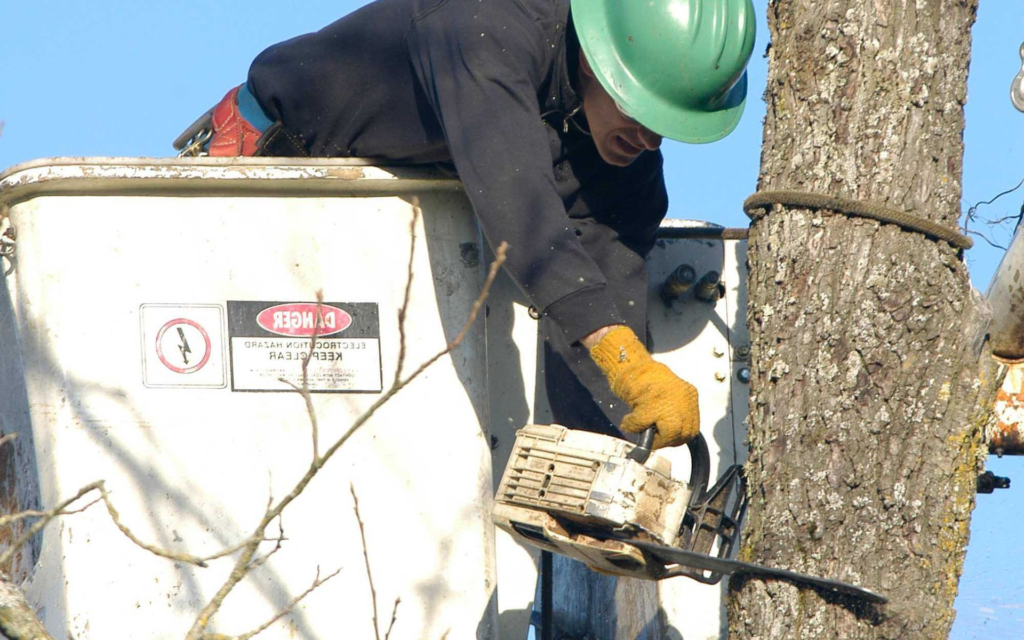
Violations and Penalties
Unauthorized tree removal or failure to comply with permit conditions can result in significant penalties in Brevard County. Understanding these consequences can help you avoid costly mistakes.
Common Violations
The most frequent tree ordinance violations in Brevard County include:
- Unpermitted Removal: Removing protected trees without obtaining required permits
- Exceeding Permit Scope: Removing more trees or different trees than authorized by permits
- Failure to Implement Protection: Not implementing required tree protection measures during construction
- Mitigation Noncompliance: Failing to complete required mitigation planting or payments
- Damage to Protected Trees: Causing significant damage to protected trees through improper pruning, trenching, or other activities
- False Statements: Providing false information on permit applications
County code enforcement officers investigate potential violations based on reports from citizens, observations during routine inspections, or review of aerial photography.
Enforcement Process
When potential violations are identified, the county typically follows this enforcement process:
- Initial Investigation: Code enforcement officers conduct a site visit to document conditions and determine if violations have occurred.
- Notice of Violation: If violations are confirmed, the county issues a Notice of Violation detailing the specific infractions and required corrective actions.
- Stop Work Orders: For ongoing development projects, the county may issue stop work orders halting all construction activities until tree violations are resolved.
- Compliance Period: Violators are typically given a specific timeframe to achieve compliance, either by obtaining after-the-fact permits, completing mitigation, or other corrective actions.
- Code Enforcement Hearing: If compliance isn’t achieved within the specified timeframe, the case may be referred to the Code Enforcement Board for a hearing.
- Penalties Assessment: The Code Enforcement Board can impose daily fines until compliance is achieved, and can also assess one-time penalties for irreversible violations like unauthorized tree removal.
Penalty Structure
Penalties for tree ordinance violations in Brevard County can be substantial:
- Fines: Civil penalties typically range from $100 to $500 per day of noncompliance after the specified correction period.
- Tree Replacement Penalties: For unauthorized removal, the county can require replacement at up to double the normal mitigation ratio.
- After-the-fact Permit Fees: Permits obtained after unauthorized removal typically incur fees three to five times the standard permit cost.
- Restoration Requirements: In cases of significant environmental damage, comprehensive restoration plans may be required.
- Liens: Unpaid penalties can result in liens against the property, affecting your ability to sell or refinance.
- Criminal Penalties: In extreme cases involving willful and knowing violations, criminal misdemeanor charges are possible under Florida law.
For developers, tree ordinance violations can also result in delays in receiving certificates of occupancy or final development approvals, creating significant financial consequences beyond direct penalties.
Best Practices for Property Owners
To navigate Brevard County’s tree regulations successfully, consider following these best practices:
Plan Ahead
Incorporate tree preservation into your project planning from the beginning:
- Identify protected trees on your property before designing construction projects
- Consider building designs that work around significant trees
- Apply for permits well before your planned removal date
- Budget for potential mitigation costs
- Schedule tree work during appropriate seasons (avoiding bird nesting periods when possible)
Work with Professionals
Qualified professionals can help ensure compliance and proper tree care:
- Consult with certified arborists to assess tree health and preservation options
- Hire reputable, licensed tree service companies familiar with local regulations
- Consider involving environmental consultants for complex projects or environmentally sensitive sites
- Work with landscape architects to develop effective mitigation planting plans
Document Everything
Maintaining thorough documentation protects your interests:
- Photograph trees before and after any permitted work
- Keep copies of all permit applications, approvals, and related correspondence
- Document compliance with mitigation requirements
- Maintain records of professional assessments supporting removal decisions
- Obtain written statements from arborists about hazardous conditions when claiming emergency removal exemptions
Explore Alternatives
Before removing trees, consider alternatives that might preserve them:
- Pruning to address safety concerns instead of removal
- Root barriers to prevent foundation damage
- Cabling or bracing to stabilize structurally compromised trees
- Treatment for diseases or pest infestations
- Transplanting valuable smaller specimens
Communicate with Neighbors
Tree issues often affect neighboring properties:
- Discuss tree removal plans with adjacent property owners before applying for permits
- Be aware that tree removal near property lines can trigger disputes
- Consider how tree removal might affect neighboring properties (windbreaks, shade, privacy)
- Document pre-existing conditions if neighbor disputes seem possible
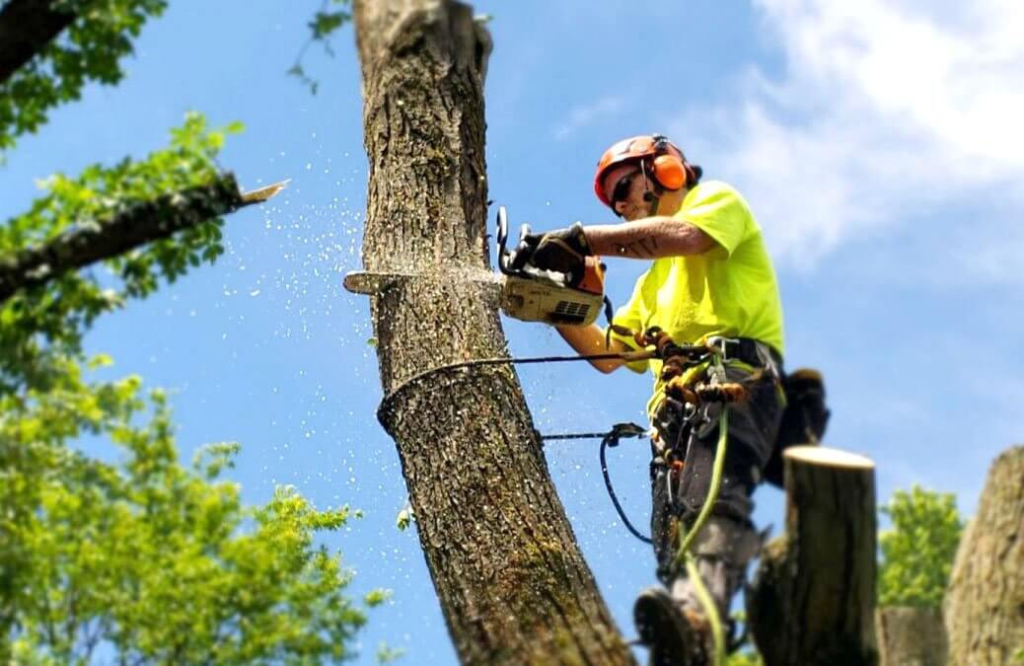
Special Considerations for Specific Property Types
Different types of properties face unique tree regulation considerations in Brevard County. Here’s what you should know based on your property type:
Homeowner Associations and Deed Restrictions
If your property is governed by a homeowner association (HOA), you’ll need to navigate both county regulations and private restrictions:
- HOA covenants and restrictions may be more stringent than county requirements
- You’ll typically need HOA approval before applying for county permits
- Some HOAs have their own tree removal application processes
- County permits don’t override HOA requirements, so you’ll need to comply with both
- HOA violations can result in private penalties separate from county enforcement
Check your HOA documents early in the planning process to understand all applicable requirements.
Waterfront Properties
Properties along the Indian River Lagoon, Banana River, St. Johns River, or oceanfront face special considerations:
- Waterfront buffer zones typically extend 50 feet from the high water line
- Tree removal within these buffer zones faces heightened scrutiny
- Mitigation requirements are often doubled for removals in these areas
- Coordination with state agencies may be required (St. Johns River Water Management District, Department of Environmental Protection)
- Native salt-tolerant species are strongly encouraged for mitigation planting
The county’s goal is to maintain vegetation that helps filter runoff, prevent erosion, and provide wildlife habitat along waterways.
Agricultural Properties
While bona fide agricultural operations are exempt from standard tree removal permits, there are important limitations:
- You must maintain agricultural classification through the Property Appraiser
- The exemption applies only to areas actively used for agricultural production
- Residential portions of agricultural properties remain subject to standard regulations
- Converting agricultural land to development requires standard permits before clearing
- Some protected tree species may have additional protections even on agricultural land
If you’re planning to clear agricultural land for non-agricultural purposes, contact the county early to understand all requirements.
Commercial and Industrial Properties
Commercial and industrial properties face more complex tree regulations:
- Site plans must incorporate tree surveys and preservation plans
- Minimum tree canopy coverage requirements apply to developed areas
- Parking lot landscaping must include specific tree planting requirements
- Mitigation options often include enhanced landscaping beyond simple tree replacement
- Coordination with other permits (stormwater, zoning, etc.) is essential
Commercial developers should engage environmental consultants familiar with county requirements during the earliest planning stages.
Conclusion: Balancing Development and Conservation
Brevard County’s tree removal regulations represent an effort to balance property rights with environmental protection. By understanding these regulations and planning appropriately, you can maintain your property while contributing to the county’s environmental quality.
Remember that trees provide substantial benefits to your property and the broader community—from increased property values to environmental services like stormwater management, wildlife habitat, and air quality improvement. When tree removal is necessary, proper permitting and mitigation ensure these benefits continue for future generations.
For the most current information on tree removal regulations in Brevard County, visit the Brevard County Natural Resources Management Department website or contact the department directly at (321) 633-2016. County staff can provide guidance specific to your property and project needs.
By following the regulations and best practices outlined in this guide, you’ll be well-equipped to navigate Brevard County’s tree removal requirements successfully, whether you’re a homeowner, developer, or business owner. Your commitment to proper tree management contributes to maintaining the natural beauty and environmental health that make Brevard County a special place to live and work.
